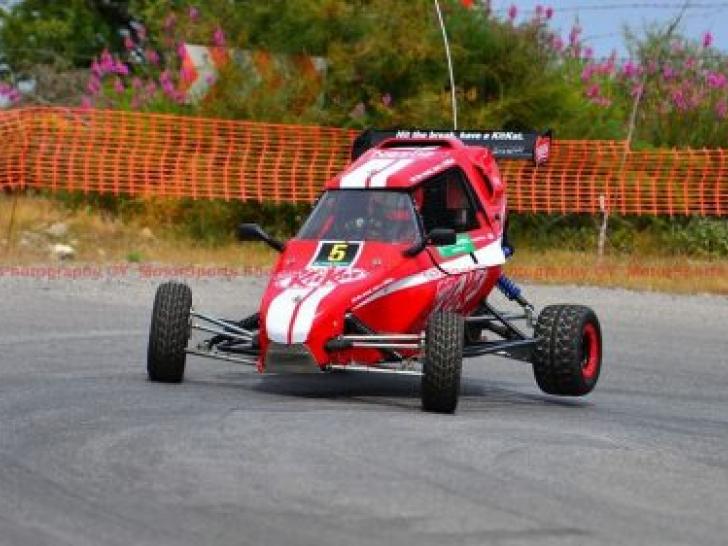

The car can continue driving in a circle at a fixed speed and fixed yaw rate.įor the driver to apply just the right amount of torque needed in the corner entry, we must have feedback from the car that can gives the driver a feeling of whether the more or less torque is needed. There is no yaw moment being applied to maintain steady state cornering. fixed steering and throttle, awaiting the next input from the driver. At that moment, the car is in “steady state” cornering, i.e. So, as the car settles in the corner, the effect of the driver’s initial input in turning the car is reduced to zero. The rear yaw moment, (FR x b), is removing or off-setting the yaw moment at the front of the car. Considering the forward momentum of the race car at speed is a very large number, we can visualise the torque required to get the race car to turn as hard as possible is also quite a large number. While the driver applies the steering input, there is a net yaw moment being applied around the centre of gravity to turn the car into the corner. The rotation at the front of the car is followed quickly by a balancing yaw moment at the rear.

This results in a net yaw moment at the front, turning the car into the corner. When the racing driver turns the steering wheel, the steered angle of the front tyres and the forward momentum of the car build a side force, FF, at the front axle. The front yaw moment is (front axle force, FF x a), and the balancing rear rear moment, acting in the opposite direction is (rear axle force, FR x b). one lateral force per axle, FF at the front and FR at the rear. Rather than showing individual lateral force at each tyre contact patch, we can more conveniently show the lateral force for the wheel pair i.e. Looking down from above, it shows the the forces and so-called "moments" acting on the vehicle in the ground plane. To get answers to these questions, let’s look at the problem from the perspective of a diagram we have developed at Racing Car Technology, our schematic diagram of handling. How does weight distribution affect the balance of the car? What is the effect of more front weight? Or more rear weight?

We may have 53% of the total weight at the front axle, leaving 47% of the total weight at the rear axle. If we have the corner weights, we can determine the weight at the front and rear axles as a proportion of the total weight. The position of the centre of gravity is very important in determining the balance of the car, as we shall see in this article.įor a new race car, an important early decision in the design process is the choice of front to rear weight distribution.Įqually, if we are racing an existing car, it’s important to know what our weight distribution is, so we can make decisions about the suspension set-up of the car. The static weight distribution front vs rear locates the centre of gravity in plan view (as seen from above).


 0 kommentar(er)
0 kommentar(er)
